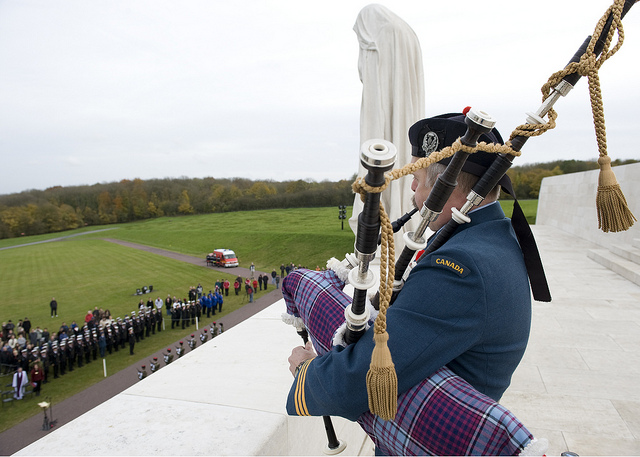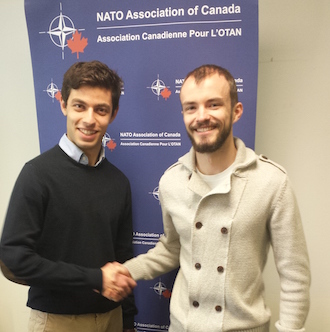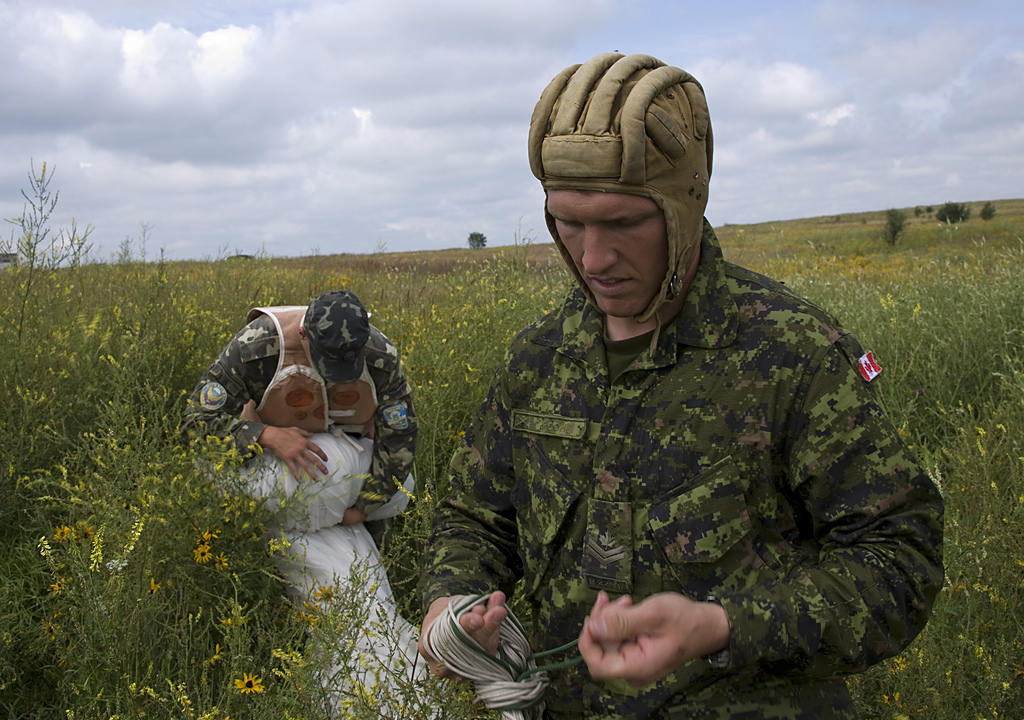The First World War was a monumental event for the British Empire’s Dominions. The national histories of Canada and Australia follow a similar narrative highlighting the heroics of the Canadian Corps and the Australian and New Zealand Army Corps (ANZAC) in forging a unique national identity. Indeed, both Canadians and Australians share the belief that their respective nations were born in the Great War’s battlefields. However, such a national memory may come under attack from certain segments of society when governments engage in armed conflicts that are misunderstood by the public because of the absence of an existential threat.
Whereas many Australians were sent to numerous theatres of operations, the Canadian Expeditionary Force settled wholly on the Western Front where it would stay until the end of the war. Both forces took heavy casualties in 1915 and 1916 as the Dominion troops came face to face with the grim reality of modern warfare. In particular, Australian (as well as New Zealand) forces were tasked to land at Gallipoli in 1915 to knock the Ottoman Empire out of the war. With Ottoman forces enjoying easier resupply routes than the expeditionary ANZACs, the campaign failed and the ANZAC forces evacuated on December 20, 1915, after sustaining over 26,000 casualties during the 8-month campaign. In 1916, to commemorate the fallen at Gallipoli, the Australian and New Zealand Government recognize April 25, the day of the Gallipoli landings, as ANZAC Day.
Canada itself would face an equally monumental battle during the month of April two years later. On April 9, 1917, the Canadian Corps launched an offensive against the Germans in the region of Arras known as Vimy Ridge. Troops from all across Canada, united for the first time under the banner of a national Corps, ascended the heavily defended ridge; a feat previously deemed impossible due to the failures of both the British and the French to capture the ridge in previous years. While renowned as a resounding victory for the Canadian Corps, the cost of victory was high as the Canadian Corps suffered over 10,000 casualties during the four-day battle. Since 2003, April 9 has been recognized by Canada as Vimy Ridge Day.
The War took a great toll on Australian and Canadian soldiers. By war’s end Australia had lost 60,284 of its finest soldiers and Canada had lost 59,544. In spite of these casualties, both Canadians and Australians earned the reputation as shock troops of the British Army and were used with great effect at spearheading the 100 days offensive at the 1918 Battle of Amiens. These were huge tolls for the Dominions of Britain, an aspect that would not go unnoticed during the 1919 Paris Peace Conference. Originally British delegates would represent the Empire as a whole, but both Canada and Australia made their bids to have their own seats at the conference due to the fact that their troops had both served bravely and fallen in great numbers. While met with reluctance, the Great Powers relented, thus leading Canada and Australia on the path towards autonomous foreign affairs free from British intervention. By war’s end, both Canada and Australia had proven themselves to be more than just colonial troops of the Empire.
That being said, the national memory around Vimy proved controversial 10 years ago when Stephen Harper compared the First World War to the War in Afghanistan. The controversy arose due to many believing Harper used nationalist sentiment based on military history to justify controversial ventures in the Middle East. Notwithstanding, Australia also has taken flak over the years for its celebration of ANZAC Day for similar reasons. During the Vietnam War, the significance of ANZAC day in remembering Australian and New Zealand fallen was overshadowed by the anti-war movement. Returning veterans were met with accusations of being baby killers and rapists, thus leading to an overall anti-military sentiment. Much like Stephen Harper, Australian Prime Minister John Howard used the ANZAC national memory of belief in comradeship in war, to justify Australia’s role in the Iraq War.
For the most part, those who believe that the promotion of a national narrative around the ANZACs and Vimy Ridge are overblown, do not criticize the individual soldier in war per se, but more so criticize those who utilize their stories to foster political agendas. Indeed, much of the debate surrounding national memory centres around the use of military history as a tool to stoke nationalism thus justifying foreign military ventures. Nonetheless, it is worth bearing in mind that the currently negative vision some members of society have of the “Nation born in war” narrative doesn’t result from a government’s explicit intent to deceive the public, but more from a lack of popular understanding of current foreign military interventions.
Indeed, given that today’s Australian and Canadian societies are not facing existential threats as they did during the First and Second World War, it is hard for some people to comprehend why their respective governments are deploying troops overseas as part of multinational coalitions for long periods of time. It is necessary for Canadian and Australian governments to clearly communicate to their populations the stakes of a given foreign military intervention, and how such an overseas operation optimizes national security.
Photo: Lieutenant Colonel (LCol) Mulders pipes from above the Vimy Ridge monument (2008) by Cpl Dany Veillette via Flickr. Photo courtesy of Combat Camera Canadian Forces.
Disclaimer: Any views or opinions expressed in articles are solely those of the authors and do not necessarily represent the views of the NATO Association of Canada.




